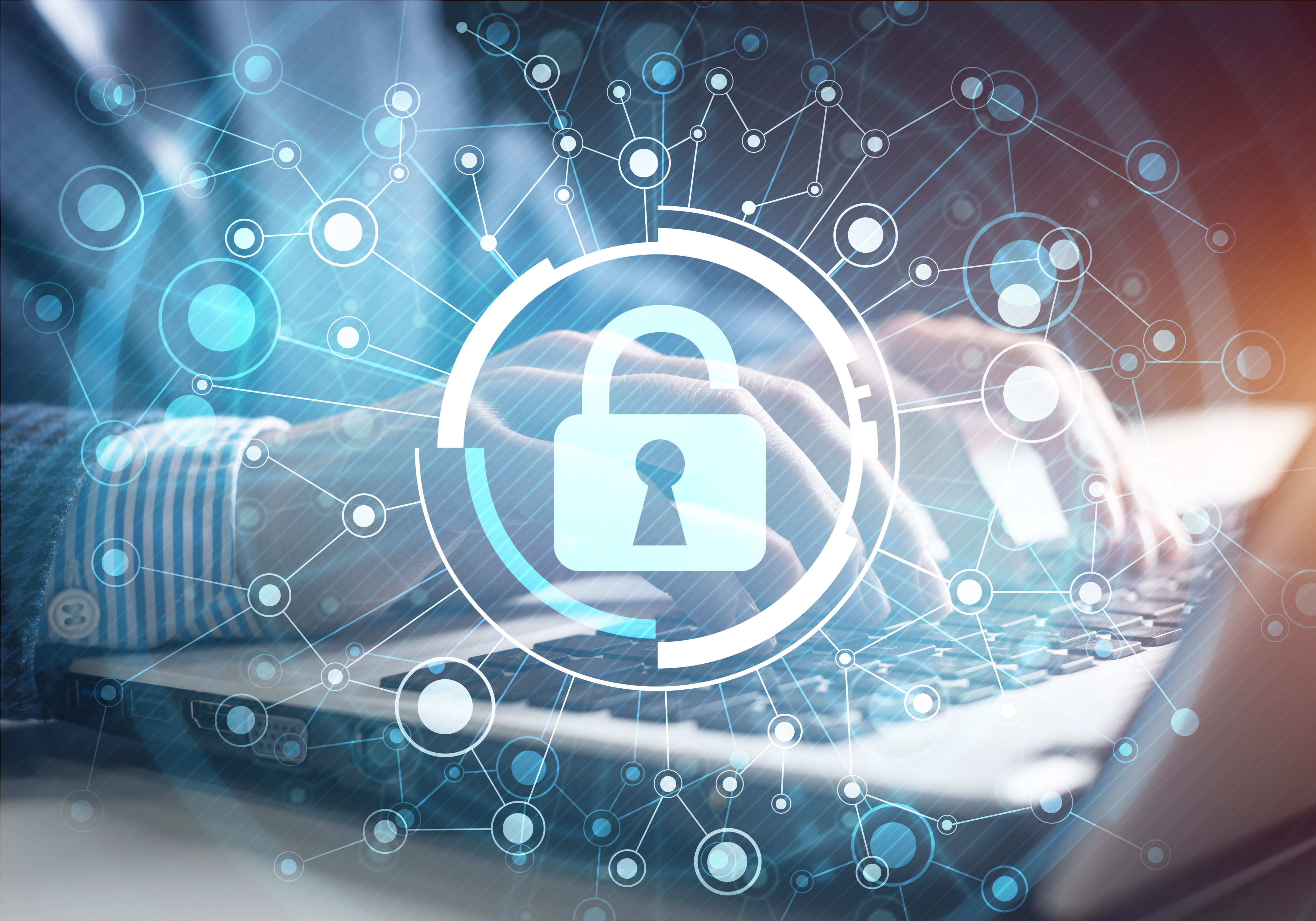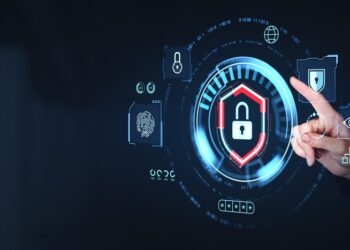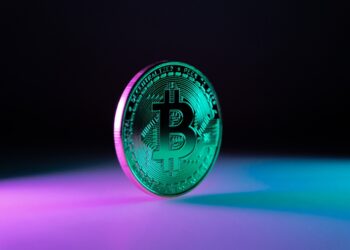A tumultuous 2019 is steadily but surely wrapping up. Before we all step into the New Year full of hopes and expectations, we take a step back to look at what the year ahead may have in store for us all in our annual Trends report.
The past year has seen a rapid increase in the adoption of up-and-coming technologies. Everyday items are getting smarter and more connected. So much so that companies are incorporating them into buildings to increase their operating efficiency, thereby saving millions. Even cities are racing to implement smart solutions so they can brandish those smart city credentials proudly. But are cities ready to shoulder this responsibility after the ransomware attacks they have experienced?
With machine learning (ML) gaining traction, a lot of the tasks have been simplified. From sifting through heaps of data to dealing with repetitive chores, the learning mechanism allows systems to improve the way they tackle problems. In 2019 ML gained notoriety because of a more concerning issue – the rise of the deepfake. This technology renders the popular saying “seeing is believing” quite useless. Deepfakes could be leveraged to damage the reputation of public figures or even sway the court of public opinion. The technology was also applied in a less sinister context – FaceApp was popular for a hot minute, although the app itself did raise privacy concerns. Trends shines a light on how deepfakes and other ML-driven technologies may impact our lives in the upcoming months.
The court of public opinion will matter next year, particularly during the US presidential election. Even more so when fake news, Collins’s 2017 word of the year, will be making a regular appearance. Fake news is closely tied to the issue of election tampering and foreign interference and it’s worth taking a step back to consider how disinformation and fake news impact not just politics but our daily lives. What lessons can be learned from previous elections that could prepare us for the onslaught of information when campaigns launch in earnest? Trends will help navigate through the (dis)information fog.
Privacy was another issue that arose indirectly from the 2016 elections. The Cambridge Analytica scandal had much of the world reevaluating how we approach our privacy. In the US this has translated into an environment of suspicion when it comes to big tech companies and how they protect the data of their users. Legislation is being introduced to tackle the issue of privacy and how companies handle users’ data. But the consensus is that the issues are not being tackled fast enough. Companies should treat privacy measures as cornerstones of their products and not just an afterthought. Which begs the question: What more can companies and governments do to secure data privacy?
With all the technological changes taking place, it sometimes feels that it’s hard to keep pace. The most visible changes can be seen in companies and organisations trying to meet the demands of today’s digital era. The key takeaway for companies that are embarking on a digital transformation journey is that they should never underestimate the value of good cybersecurity practices. Ongoing digitalisation is also transforming how our society works. People are more aware of their rights and demand better protection for their data, technologies like ML are moving by leaps and bounds and giving some companies an edge over the competition, and hackers are ramping up their attempts in trying to breach corporate treasure troves of information. Trends looks at all the challenges organisations face attempting to win the digitalisation race.
But as this year draws to a close, we need not race; let us slow down and look at all the lessons that the past year has afforded us so that we can stroll into a better, perhaps safer, New Year.










Discussion about this post